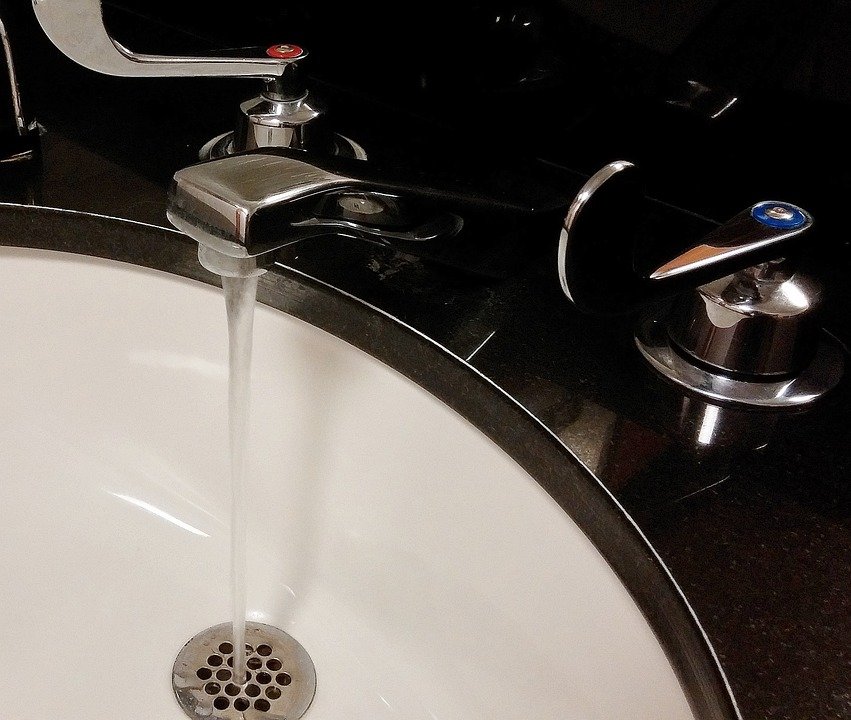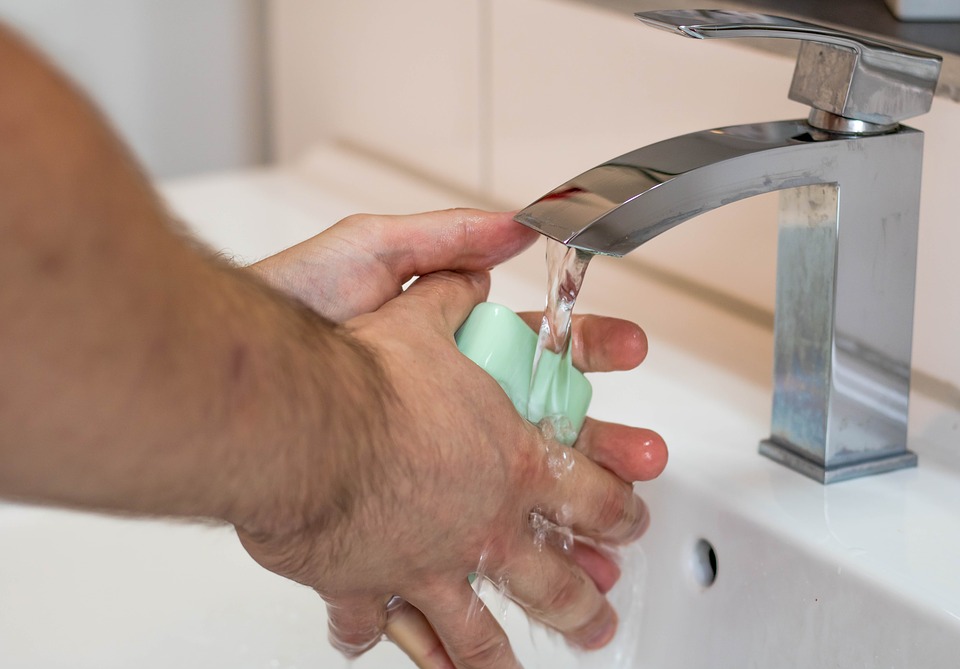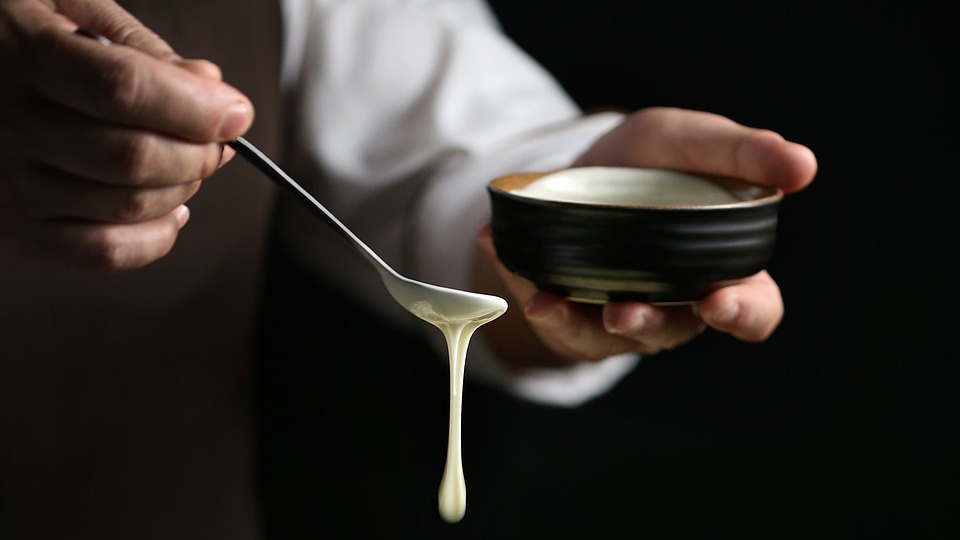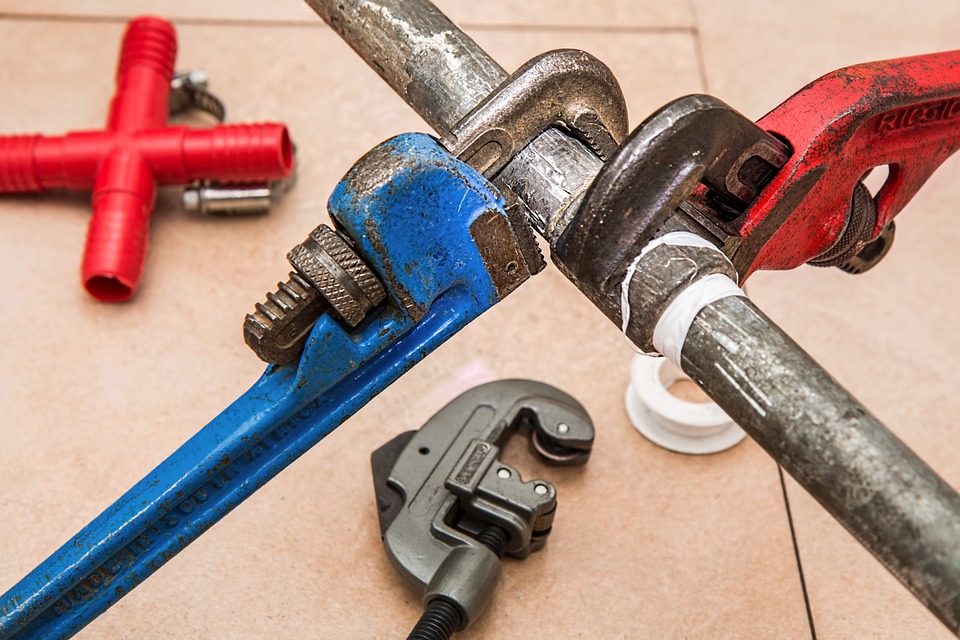bath
The 5 Best Finds for Unclogging Kitchen Sink Drains
It is really frustrating when you have a counter full of dirty dishes that you want to wash but the water in your kitchen sink is backing up and draining at a slow pace, if at all. With this problem at hand, it will take longer for the dishes to get cleaned – not to mention, fill the kitchen with strange and unpleasant odors. And if it continues at this rate, your entire sink may be blocked completely.
At this point, you may be tempted to call a plumber to resolve this crisis in one go. But what if we told you that you can handle the situation on your own. With the following tips and tools, you can save money on labor, replacing fixtures and water as well:
1. Use a Plunger
Using a plunger is a classic strategy that still works to this day. First, fill the sink about halfway through with hot water. Then place the plunger over the drain. And if you have a double-bowl kitchen sink, stuff the other drain that isn’t clogged with a washcloth to make sure that your plunger’s pressure is focused on the one that is clogged.
Now quickly work the plunger up and down and then pull it out of the drain opening to see if water has started draining again. If the results aren’t fully there, continue plunging until the clog is dislodged. It may take a while, but if it doesn’t work then try something else as we go through this list.
2. Apply a Bent Wire Hanger
A wire hanger may be simple in appearance, but it is quite effective when it needs to be. Just take a regular wire coat hanger and then straighten it out the best way you can. And then bend one end over to make a small hook. Push it past the drain cover and start fishing for hair and other sorts of hair and other nasty debris out of the drain.
Remember, the aim is to pull junk out of the sink and not push it further down. When you’ve fished enough stuff out of the sink, run hot water through it and it should clear the pipes pretty nicely.
3. Check Your Garbage Disposal
A garbage disposal unit might at times be the cause of your kitchen sink drain clogging up. If this is the case, then run the disposal to see if it clears the clog. Then check to see if it runs properly. If the disposal unit gets overheated, you may want to flip the switch that’s on the side or bottom of the unit right below the sink.
4. Baking Soda and Vinegar
The chemical reaction that we get by mixing baking soda and vinegar together has proven to be a strong agent for clearing up drain clogs. First, put on a pair of rubber gloves. Use either a cup or a bowl to bail standing water out of the sink and then pour it into a bucket. Then take one cup of baking soda and push it down the sink drain. You can use a spatula to force the baking soda into the opening, if or when necessary.
Next, pour one cup of vinegar into the drain opening. Be sure to put the stopper into the sink so that the vinegar is forced toward the clog. Wait for 5 minutes to let the solution work on the clog. Then run warm water into the sink to see if the clog disappears. If warm water fails, then pour 4 cups of boiling water down the drain. If the sink is still a bit clogged, then repeat the baking soda and vinegar process again.
5. A Cable Auger
Time to call in the big guns, which in this case is a cable auger. You’ll need to first disassemble the drainpipe and P-trap that runs underneath the kitchen sink to expose the “stub out” or “stub pipe” that goes behind the cabinet wall. That’s where you need to insert the auger into the pipe until you feel some resistance to break up the clog.
 USD
USD CAD
CAD



